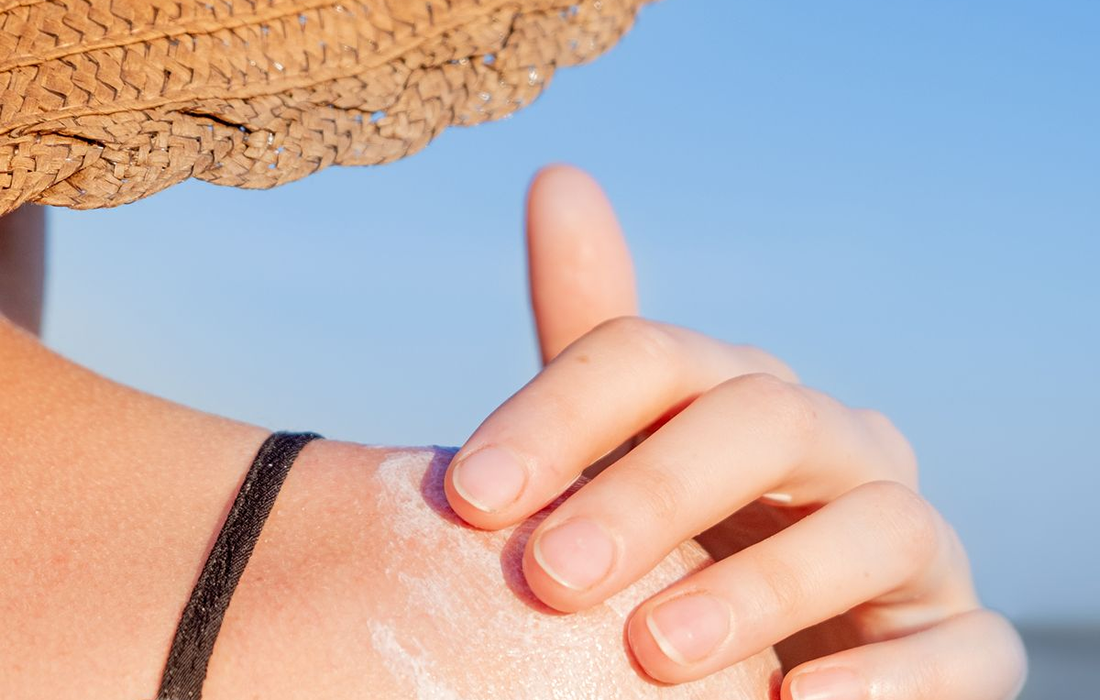Regenerative Medicine News and General Information
Exosome Therapy may be Better Repair of Aged-Damaged Skin than Stem-Cells
Human dermal fibroblasts (HDFs), the main cell population of the dermis, gradually lose their ability to produce collagen and renew intercellular matrix with aging.
Exosomes are tiny sacs (30 — 150 nanometers across) that are excreted and taken up by cells. They can transfer DNA, RNA or proteins from cell to cell, affecting the function of the recipient cell. In the regenerative medicine field, exosomes are being tested as carriers of stem cell-based treatments for diseases ranging from heart disease to respiratory disorders.
Ke Cheng, professor of molecular biomedical sciences at NC State, professor in the NC State/UNC-Chapel Hill Joint Department of Biomedical Engineering and his team est whether exosomes could be effective for skin repair, first grew and harvested exosomes from skin cells.
They used commercially available human dermal fibroblast cells, expanding them in a suspension culture that allowed the cells to adhere to one another, forming spheroids. The spheroids then excreted exosomes into the media.
In a photoaged, nude mouse model, Cheng tested the 3D spheroid-grown exosomes against three other treatments: retinoid cream; 2D-grown exosomes; and bone marrow derived mesenchymal stem cells (MSCs) exosomes, a popular stem cell-based anti-aging treatment currently in use.
The team compared improvements in skin thickness and collagen production after treatment.
They found that skin thickness in 3D exosome treated mice was 20% better than in the untreated and 5% better than in the MSC-treated mouse. Additionally, they found 30% more collagen production in skin treated with the 3D exosomes than in the MSC treated skin, which was the second most effective treatment.
There are two major benefits to exosome treatments over conventional treatments: one, you can use donor skin cells from anyone to grow and harvest these exosomes, they aren’t cells, so you don’t run the risk of rejection. And two, the treatment can be administered without needles, exosomes are small enough to be able to penetrate the skin via pressure, or jet injection methods.
This work is an important step toward potentiating future human clinical trials in the prevention and treatment of cutaneous aging.
SOURCE:
Shiqi Hu, Zhenhua Li, Jhon Cores, Ke Huang, Teng Su, Phuong-Uyen Dinh, Ke Cheng. Needle-Free Injection of Exosomes Derived from Human Dermal Fibroblast Spheroids Ameliorates Skin Photoaging. ACS Nano, 2019; DOI: 10.1021/acsnano.9b04384

